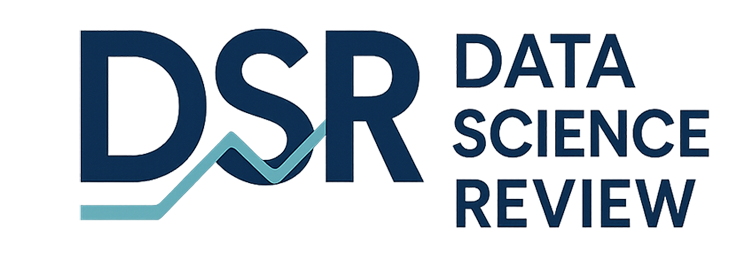Evaluating machine learning models is one of the most important steps in any data science workflow. You can spend hours cleaning data and tuning algorithms, but if you don’t know whether your model actually performs well, none of that effort truly matters. Evaluation is how you measure whether a model is learning meaningful patterns or simply guessing.

Disclaimer: site owner may receive compensation for purchases made from the links in this article. This does not change the cost of purchase.
Machine learning models often deal with probabilities. Even if a model outputs a “yes” or “no,” underneath the hood, it likely factors on a probability for each possible outcome. Your evaluation metrics need to reflect not only whether the model is correct, but also how it reached those predictions.
Before we dive into metrics, let’s step back and talk about the foundation.
Train/Test Split: Your First Line of Defense
One of the simplest and most essential evaluation habits is this:
Never evaluate your model on the data it was trained on.
If you do, the model may appear to perform extremely well simply because it memorized the data. What you really want to know is how it behaves on data it has never seen. That’s where the test set comes in.
By setting aside a clean portion of your dataset for final evaluation, you get a much more honest view of real-world performance. This one step alone can prevent countless beginner mistakes.
Evaluating Metrics
A common way to understand how well a model is doing is to look at its errors.
For a classification model, an “error” typically means the prediction didn’t match the true label. For regression models, we measure the numerical difference between predicted and actual values.
But different types of problems rely on different types of errors, which is why it’s important to choose the right metrics.
Classification Metrics
One of the most helpful tools for evaluating classification models is the confusion matrix. Despite its name, this matrix is designed to remove confusion by showing exactly how many times the model got each category right or wrong.
A confusion matrix breaks predictions into four categories:
True Positives (TP) – predicted positive and was correct
True Negatives (TN) – predicted negative and was correct
False Positives (FP) – predicted positive but was wrong
False Negatives (FN) – predicted negative but was wrong
From these values, we can calculate foundational metrics:
Accuracy – What percentage of predictions were correct?
Precision – When the model predicts “yes,” how often is it right?
Recall – Out of all actual “yes” cases, how many did the model identify?
F1-score – A balance of precision and recall, useful when both matter.
These metrics help you understand not only what the model got right, but also the types of mistakes it makes.
A Quick Word on Imbalanced Data
Sometimes, one class appears far more often than the other.
Think fraud detection, spam filtering, or disease prediction.
If one class dominates, accuracy becomes misleading.
A model might score 95% accuracy simply by always predicting the majority class—and still be useless.
That’s why with imbalanced data, metrics like precision, recall, F1-score, ROC-AUC, or PR-AUC give you a clearer picture of model performance.
Regression Metrics
Not every machine learning problem is about predicting categories.
When your goal is to predict a number, prices, temperatures, and time durations, you’ll rely on regression metrics.
Here are the key ones:
Mean Absolute Error (MAE):
The average size of your errors. Simple, intuitive, and easy to explain.
Mean Squared Error (MSE):
Like MAE, but it squares the errors, so large mistakes carry more weight.
Root Mean Squared Error (RMSE):
The square root of MSE, expressed in the same units as your prediction.
R² (R-squared):
Explains how much of the variation in the data your model accounts for.
Higher values mean a tighter fit.
Even at the beginner level, understanding these four metrics gives you a solid foundation for evaluating regression models.
Choosing the Right Metric (A Simple Guide)
Different problems call for different metrics. Here’s a quick way to think about it:
Balanced classes?
Accuracy or F1-score works well.
False positives are worse?
Look at precision.
False negatives are worse?
Look at recall.
You need a balance?
Use F1-score.
Dataset is imbalanced?
Use F1, ROC-AUC, or PR-AUC.
Predicting numerical values?
MAE, MSE, RMSE, or R².
This isn’t everything you’ll ever need, but it gives you a dependable starting point.
Understanding Model Behavior Through Errors
Metrics give you numbers—but numbers don’t tell the whole story.
A powerful habit to build early is error analysis.
Look at the specific examples the model got wrong:
- Are errors happening in a particular category?
- Is the model confused by certain inputs?
- Does the data contain noise or ambiguity?
This kind of inspection helps you uncover patterns and improve your model more effectively than relying on scores alone.
Conclusion
Don't overlook learning about evaluating machine learning models. It may seem tricky at first, but in the long run, it will help you produce better models.

